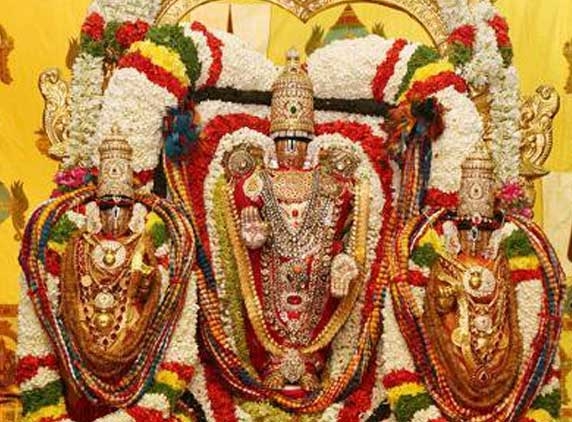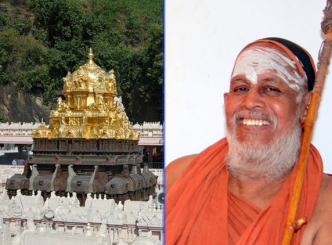
The serene temple of the Lord of Seven Hills in Alviso, California is getting decked up for the Maha Kumbhabishekam. The Balaji temple authorities have put up a notification that the ritual shall commence at 9am on May 30 and end at 1pm on June 03. The temple can be contacted for precise details. Noted parts of the rituals commence with the Bhoomi, Ganpathi Puja, Punya Vachanam, Pradana Maha sankalpa, Yagashala Samskara, Ankurarpanam, Kalasha Sthapana, Deeksha Homa on the first day. On the second day Pratakala Nitya puja, Navagraha/Sarva Devata, Homa and Sudarshana Homa, Lakshmi Narayana Homa will be performed. Visiting the temple during these ritual days are supposed to be very auspicious.
What actually Maha Kumbhabishekam means:
Kumbha means the Head and denotes the kalasa, Shikara or Crown of the Temple's Gopuram, an ornate structure which starts out wide on the bottom and narrows as it rises high and Abhishekam is a ritual bathing. The Kumbha is bathed with the holy water charged and sanctified by continuous chanting of all the four Veda mantras and performance of havans.
The Kumbhas are connected by a silver/golden wire from top to the deities and the holy water trickles down through the wire to the Deities installed in the sanctum sanctorum of the temple. Thus, the Deities, until then just beautifully sculptured granite stone Vigrahas, are believed to transform into a vibrant and vivid representation of the God with inherent grace and grandeur conferring divine blessing on all devotees. The event also symbolizes the transformation of a man made structure into divine habitat. The Maha Kumbhabishekam marks the beginning. (With Inputs from Internet- Aarkay)















